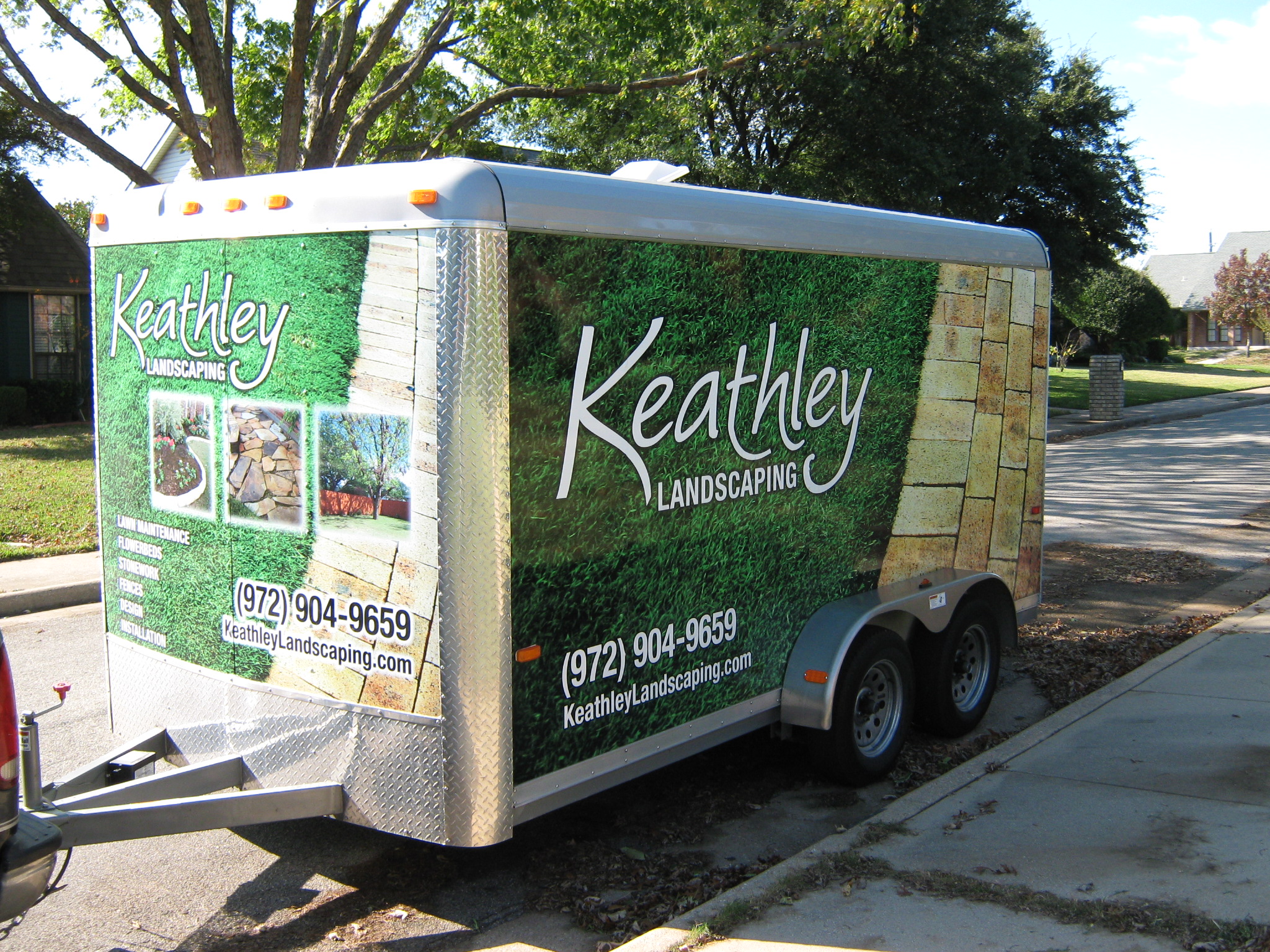Yard Drainage and Its Importance for Urban Agriculture 🌱
Urban agriculture is on the rise, and with it comes the need for effective yard drainage. Whether you’re growing herbs on your balcony or managing a small community garden, understanding how water flows and drains in urban environments can make a significant difference in your agricultural success.
Table of Contents
1. Understanding Yard Drainage
2. Why Yard Drainage Matters in Urban Agriculture
3. How to Improve Yard Drainage
4. Conclusion
5. FAQ
Understanding Yard Drainage 💧
Yard drainage refers to the method by which excess water is removed from the surface of a garden or plot. In urban settings, where space is limited and concrete is abundant, efficient drainage becomes even more crucial. Poor drainage can lead to waterlogging, root rot, and the proliferation of pests and diseases.
Why Yard Drainage Matters in Urban Agriculture 🌿
Proper drainage is essential for several reasons:
1. Prevents Waterlogging: Excess water can drown plants, depriving roots of the oxygen they need to thrive.
2. Reduces Erosion: Improper drainage can lead to soil erosion, which diminishes the fertility of your plot and harms plant growth.
3. Minimizes Pest Problems: Stagnant water is a breeding ground for pests like mosquitoes, which can transmit diseases to plants and humans.
4. Enhances Soil Nutrient Retention: Good drainage helps maintain the right balance of moisture and nutrients in the soil, promoting healthy plant growth.
How to Improve Yard Drainage 🚜
Improving yard drainage in an urban setting involves some creativity and strategic planning. Here are a few tips:
1. Use Raised Beds: Elevating your planting areas can enhance drainage naturally, allowing excess water to flow away from plant roots.
2. Install Drainage Systems: Consider installing French drains or using gravel at the base of your plots to facilitate water movement.
3. Select Permeable Surfaces: Use permeable materials for pathways to allow water to soak into the ground rather than pooling on the surface.
4. Implement Rain Gardens: Create rain gardens to capture runoff and filter rainwater naturally, benefiting both your garden and the urban ecosystem.
Conclusion 🌟
Yard drainage is a vital component of successful urban agriculture. By understanding and implementing effective drainage strategies, you can protect your plants, promote healthy growth, and contribute to a more sustainable urban environment. Whether you’re a seasoned gardener or a city dweller with a green thumb, paying attention to how water flows in your garden can yield fruitful results.
FAQ ❓
1. How can I tell if my yard has poor drainage?
If you notice pooling water, soggy soil, or wilting plants after rainfall, these may be signs of inadequate drainage.
2. Can I improve drainage without professional help?
Absolutely! Simple solutions like raised beds and gravel layers can be DIY projects. However, for complex issues, consulting with a professional might be beneficial.
3. What is a French drain, and how does it work?
A French drain is a trench filled with gravel or rock containing a perforated pipe that redirects surface water and groundwater away from an area.
4. Are there specific plants that thrive in poorly drained areas?
Yes, some plants like ferns, sedges, and marsh marigolds are more tolerant of wet conditions and can thrive in less-than-ideal drainage situations.
With these insights and strategies, you’re well on your way to mastering yard drainage and enhancing your urban agricultural endeavors. Happy gardening! 🌿





































Recent Comments